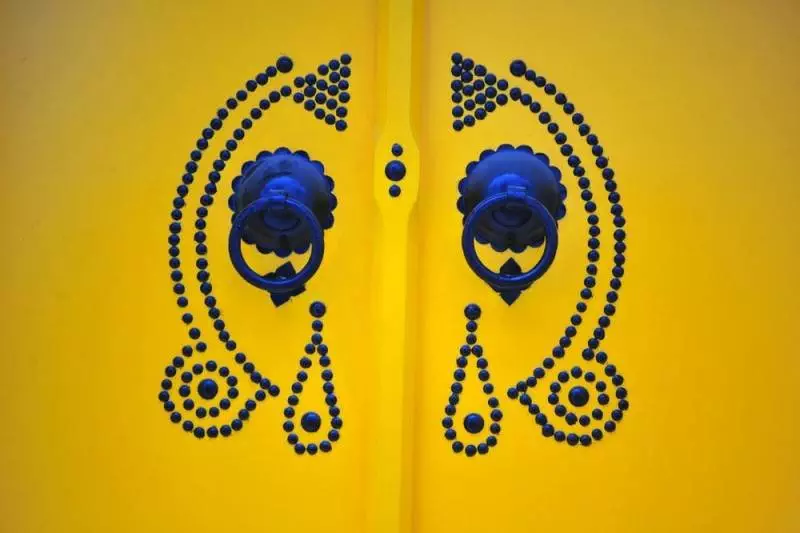Exploring Northern Africa means seeing one of the UNESCO World Heritage’s oldest registered places. Carthage makes for a surprisingly easy daytrip from Tunis, and makes for a great reason to visit Tunisia in the first place.
You’ll have to go all the way back to the 9th century BC to discover the founding of the area. Over a few centuries Carthage developed into a trading empire and popular port on the Mediterranean. (If you wanted to sail between Sicily and the Tunisian coast, you’d be under its influence) A series of wars saw the area destroyed by Rome in 146 B.C., and a second Carthage was built on the ruins of the original. The now-Roman city became the fourth most important city in the empire, and it’s those ruins are the one you’re coming to see.
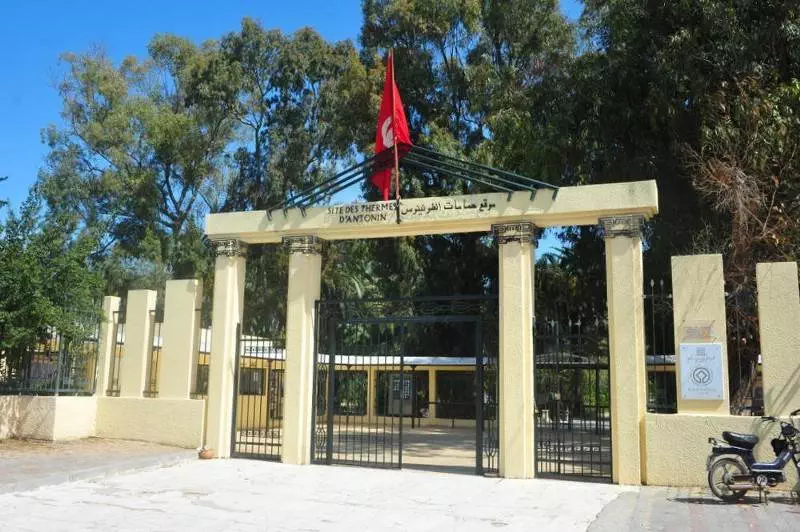
The good news: a single ten-Tunisian-dinar ticket (about $5 USD on our visit) gets you into about 10 different sites all in the same area — and you’d have to be really hustling even to get to most of them. You’ll get a full day’s worth out of that single ticket.
Starting from the Carthage-Hannibal TGM station, head to the Thermes d’Antonin de Carthage, or the Antonin Baths — the largest Roman-style baths outside of Rome itself.
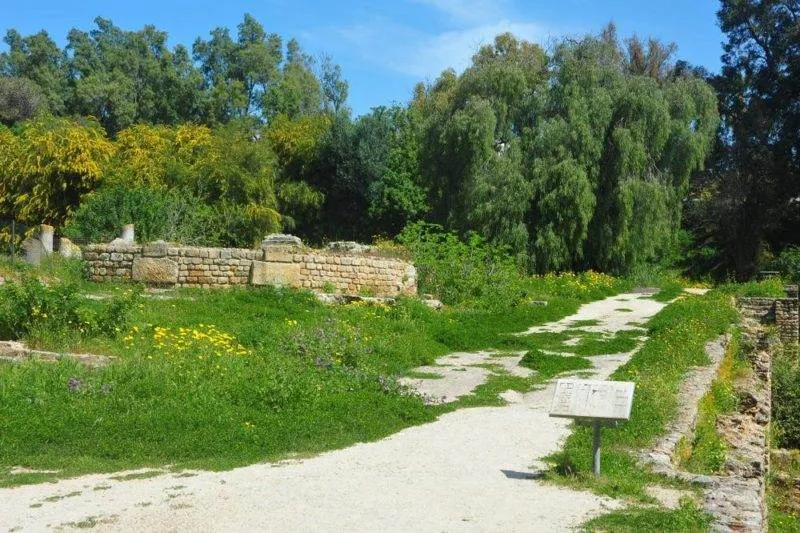
This large site can take a couple of hours by itself — the park itself is more than 4 hectares large. Built during the mid-2nd century, the park is home to burial vaults, kilns, a Christian church, and an underground chapel.
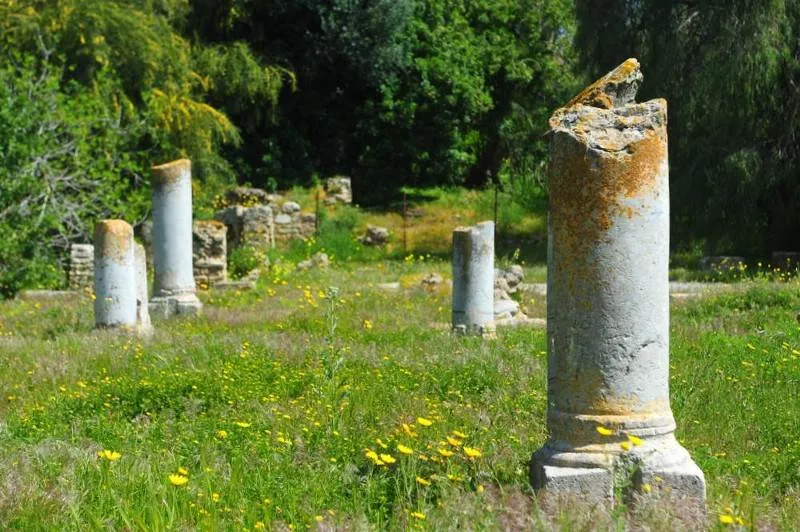
Today? Ruins, all of it. A rather worn sign said this was the scholla, or school. Look for the aforementioned kilns and the evidence of a Christian church around here as well:
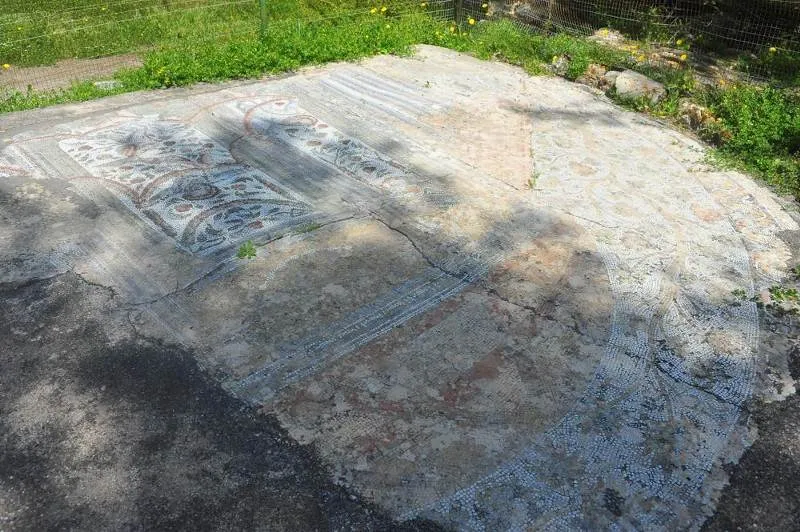
Well, what remains of the floor at least.
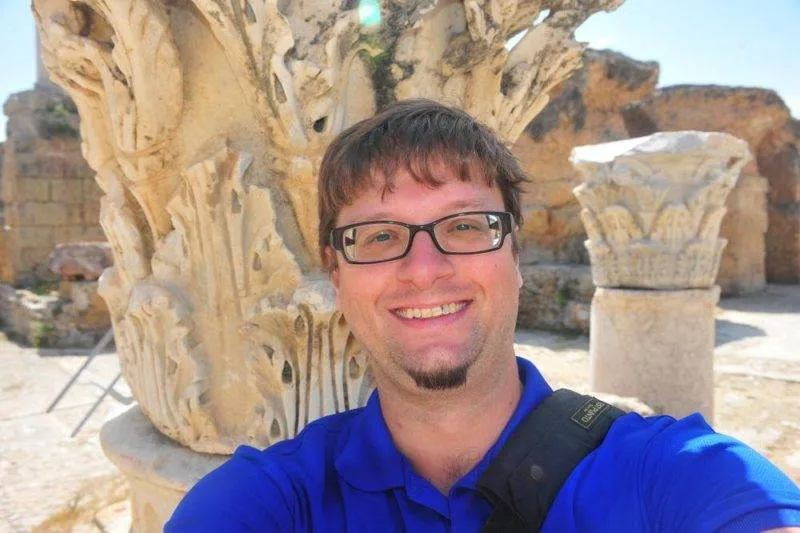
Yeah, I couldn’t resist…
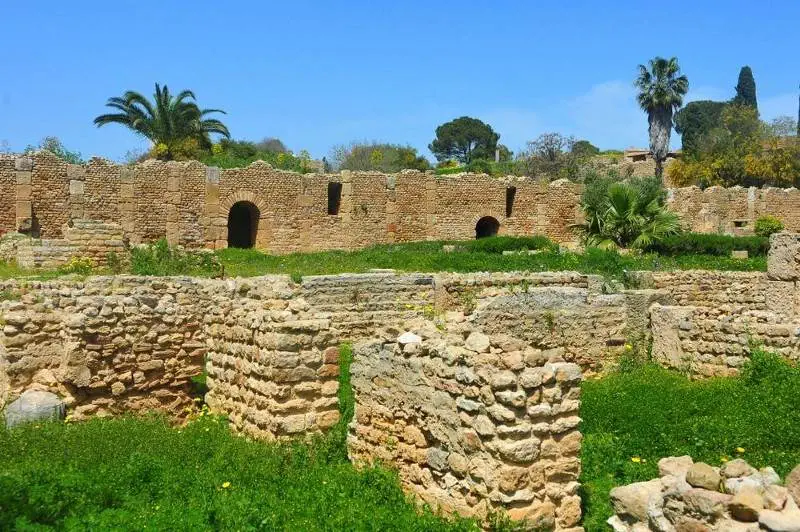
The baths themselves — each of the large rooms held something different, but the frigidarium (take one guess) was the largest.
I’ll note that you’ll have a nice view of the coast, though you’ll want to be careful about taking pictures in the area. As you’re looking out to the water, the well-guarded Presidential Palace is to your left — and supposedly there’s prison time for anyone unwisely taking pictures of the palace.
Next up, and close by, are the Roman houses:
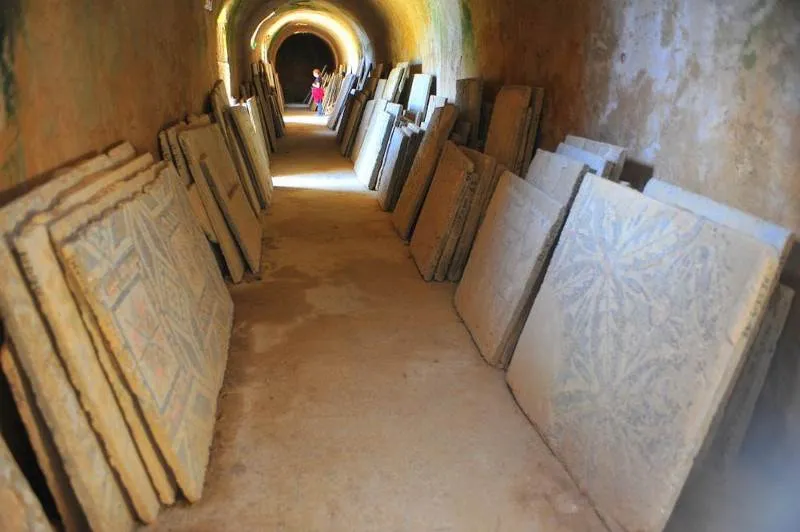
With plenty of examples of tile flooring stacked along a narrow corridor, I’m not sure of the preservation plan here — I can only assume it’s temporary storage of some kind.
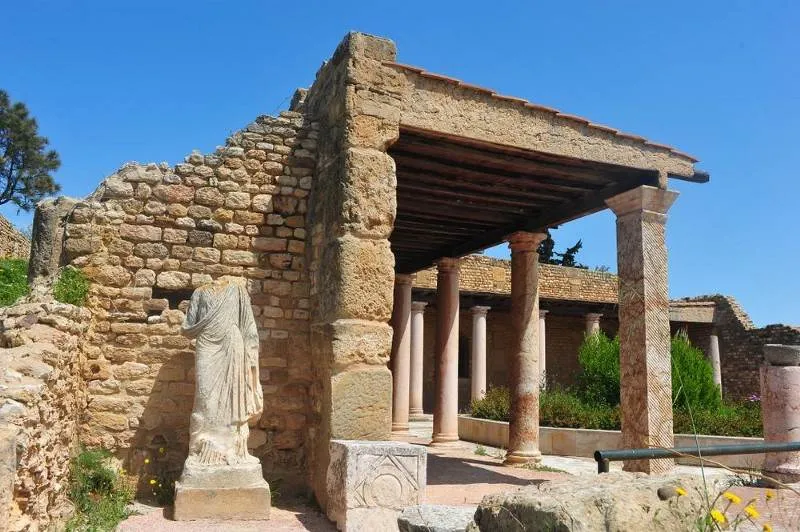
A pretty impressive house — would love to see the 2nd century version of ‘Cribs’ to show a place like this off…
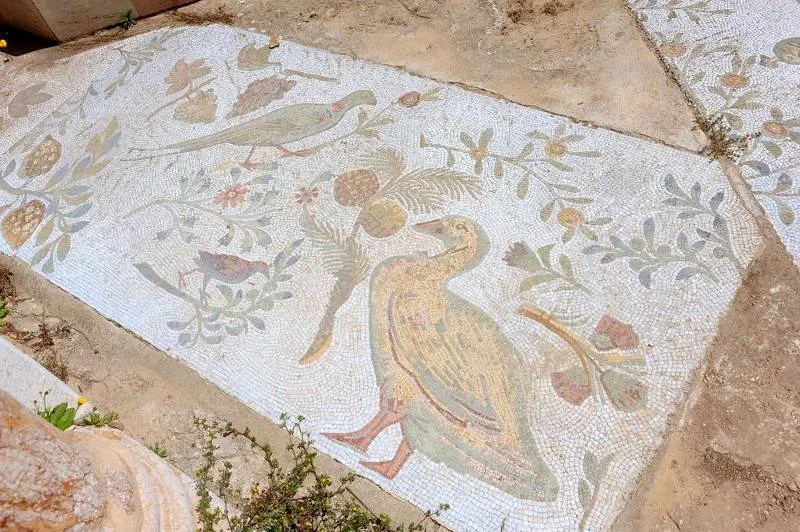
One of many inlaid mosaics still in place today. While there are few barriers in the way, the more traditional walkways are present to prevent unnecessary wear.
Next up, the Musee National de Carthage:
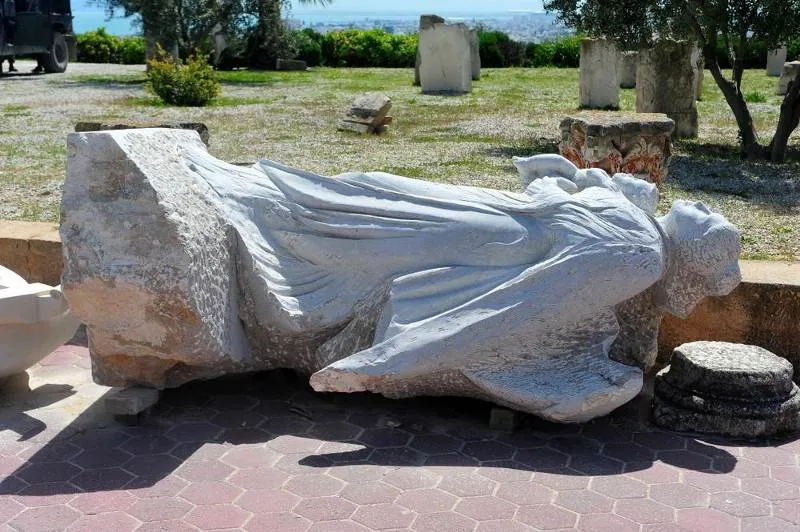
Go home, statue, you’re drunk.
Part of a large, mostly unmarked outdoor collection one map called the Archeological Park of Carthage, this one and others laying on their backs will hopefully have been moved to a better place…
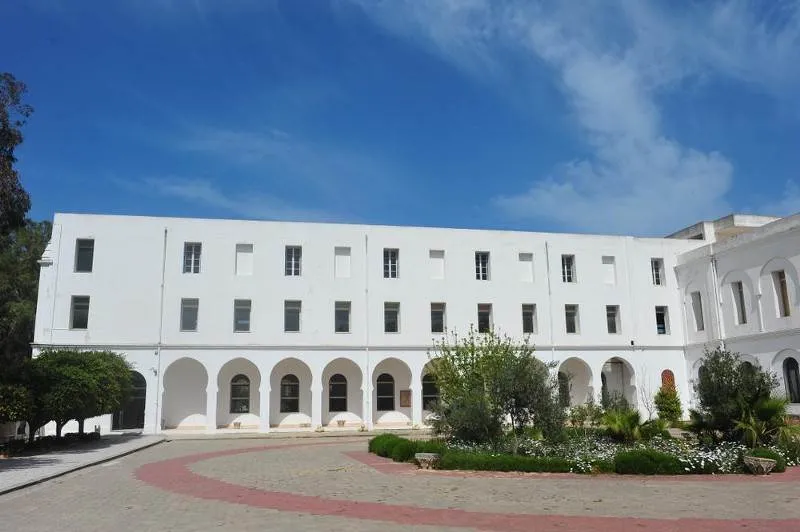
There’s a number of nice views facing the water, but it’s high time to head into the Carthage Museum.
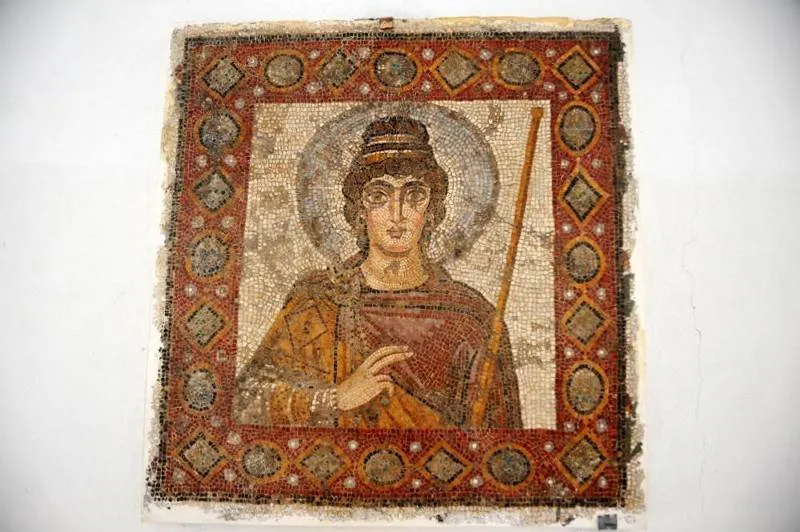
While I didn’t see a placard for this exquisite piece, it’s one of several like it.
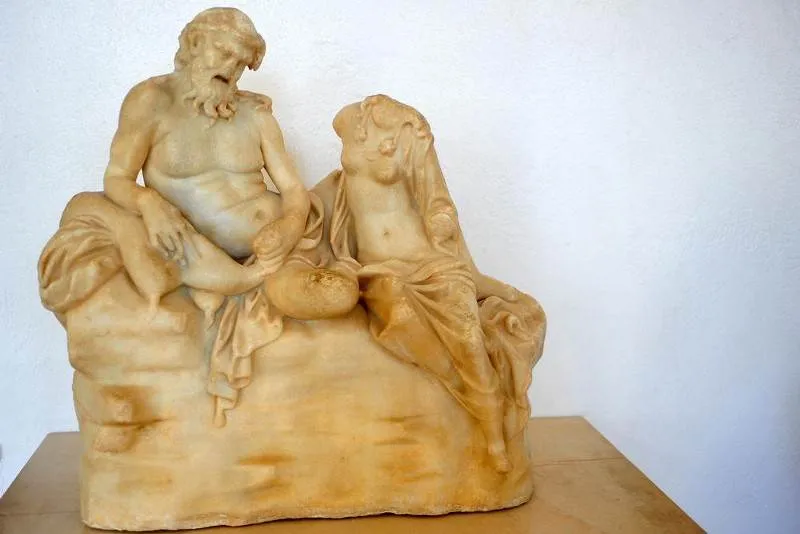
You’ll find just enough English around to be helpful — not every piece has a placard. Presenting Silenus (the drunk guy) and Maenad (a worshipper of Bacchus). It would have been kept in a house as a decoration suggesting drinking and sex — not a bad way to live…
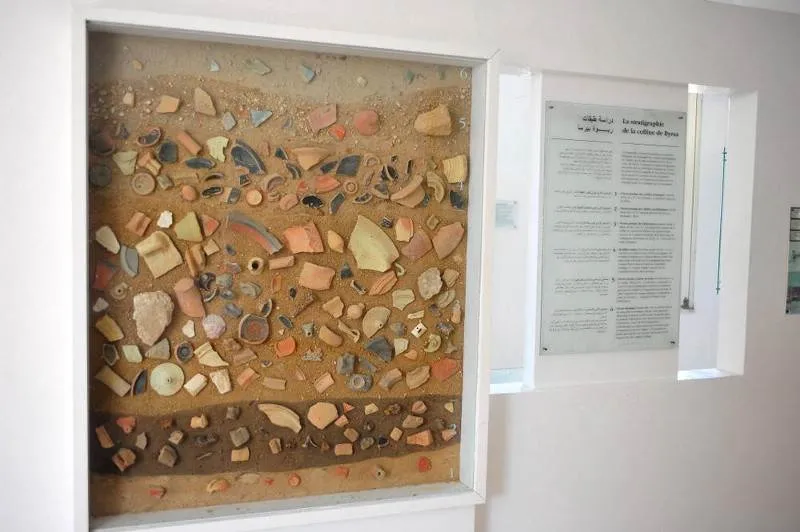
The nearby French-and-Arabic sign elaborated on the different strata found while digging in the area.
Our last stop is a bit of a heartbreaking one, but still one worth visiting — the Tophet — sanctuaire punique:
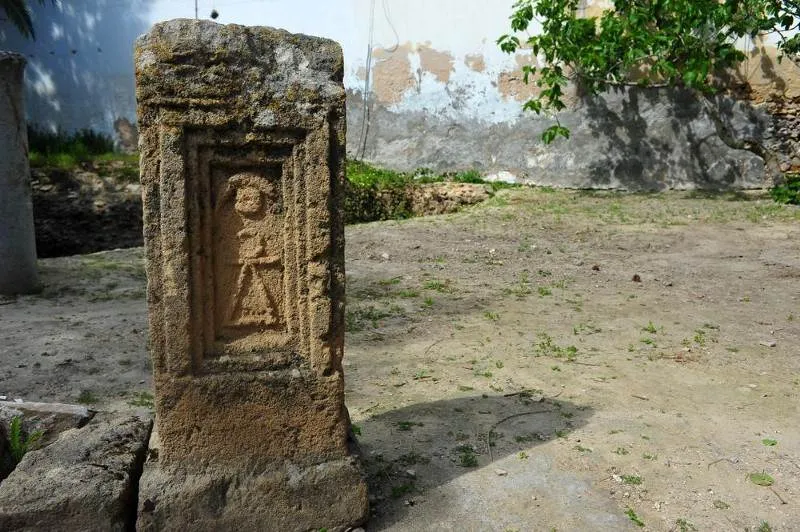
Essentially a children’s cemetery with hundreds of grave stones, but there’s not a single sign around. This is the Punic Tophet on Rue Hannibal, and the bodies buried here are of stillborn children or the very young. While the word tophet can refer to a place of child sacrifice, one worthy source claims the Phoenicians never practiced child sacrifices.
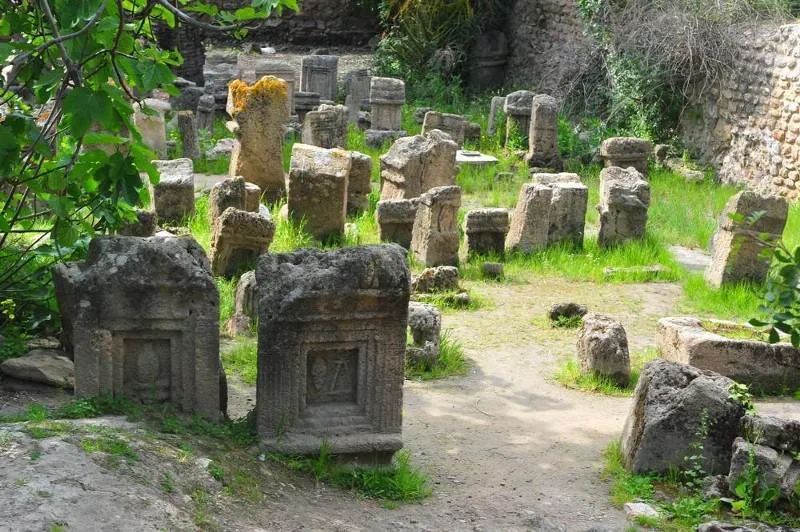
We found it referred as ‘Carthage Salambo’ in a few places and the Punic Cemetery in others. Whatever you call it, the monuments were built literally on top of each other over many years.
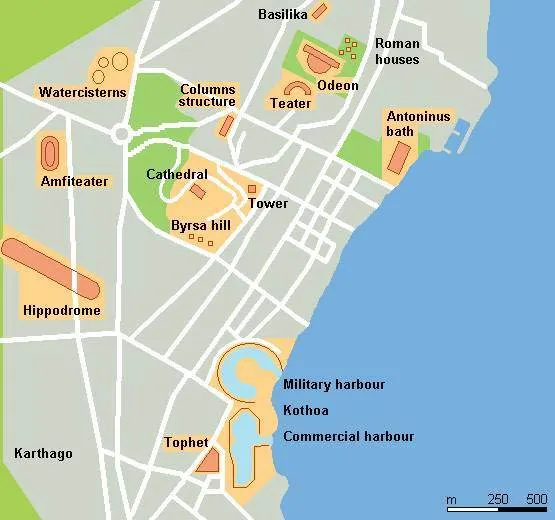
Map credit: Wikitravel
Like I said earlier, it’s a big area. There’s plenty to more to see from here, if your feet are still up for walking around.
Overall, it’s a worthy destination that’ll make any history-lover’s spouse slightly batty from all the walking around. Bring plenty of water (a few stores are around) and wear comfy shoes — there’s several kilometers of walking ahead of you.
Name: Carthage, the Antonin Baths, the Carthage Museum, and the Punic Cemetery
Address: Route de La Goulette, Carthage, Tunisia (GPS: 36.854822, 10.334000)
Directions: From the Tunis Nord train station downtown, catch a TGM train heading out. Get off at Carthage-Hannibal to start at the Antonin Baths and some of the other attractions
Hours: 8:30am-5pm (opens at 8am from May to mid-September)
Admission: 10 DT (Tunisian dinar) — one ticket admits you to many different attractions in the area. Phone: none
Website: http://www.patrimoinedetunisie.com.tn/eng/monuments.htm

